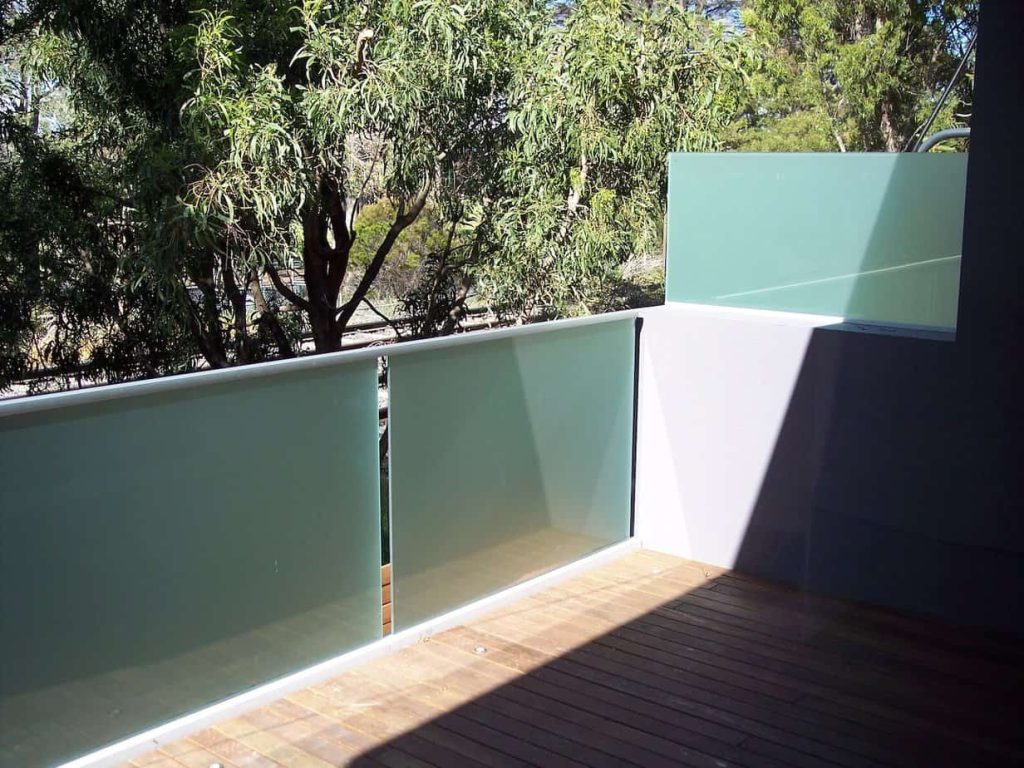We’ve been making glass since before the pyramids. Early Egyptians shaped colourful glass beads while Romans figured out how to keep their fancy villas comfortable with crude window glass. Fast forward to today, and that transparent stuff we barely notice has quietly become one of our most environmentally friendly building materials.
While everyone’s obsessing over bamboo floors and reclaimed wood, glass has been silently revolutionising how our buildings work, feel, and breathe. It’s time we gave this overlooked hero its due.

The Environmental Footprint of Glass
Let’s talk dirty first – how bad is glass for the planet? Surprisingly good news here. Yes, making glass requires serious heat, but today’s factories use roughly half the energy they did thirty years ago. Here’s where glass really shines, though: you can melt it down and remake it. Again. And again. And again. Forever. No degradation. No downcycling.
That wine bottle might become your shower door, which could later become an art piece – no degradation, no downcycling, no landfill destiny. Try that with most other building materials.
While manufacturers hype their partially recycled plastic composites, glass has been achieving 100% recyclability for centuries without the marketing buzz.
Natural Light: The Hidden Sustainability Champion
When was the last time you felt genuinely good sitting under fluorescent lights? Never, that’s when.
Our bodies crave natural light like plants. It’s hardwired into our DNA. Those floor-to-ceiling windows in modern offices aren’t just architectural show-offs – they’re slashing electricity bills while boosting everyone’s mental health.
Take Seattle’s Bullitt Center. Their workers barely touch light switches during daylight hours. The place is flooded with natural light, and guess what? People call in sick less. They work better. They’re happier. That’s not just feel-good corporate speak—it’s measurable bottom-line impact.
Thermal Performance: Beyond Basic Windows

Remember those drafty old windows in your grandparents’ house? The ones that made winter feel like you were camping indoors? That’s ancient history.
Today’s glass is a technological marvel. Double-glazed windows now rival walls for insulation. Gas-filled panes trap heat like a thermos. Low-E coatings work like bouncers at an exclusive club, letting visible light in while showing heat to the door.
And that’s not even touching on the sci-fi stuff hitting the market: glass that darkens itself when the sun gets too intense or windows that generate electricity while staying transparent.
Space Maximisation and Material Reduction
Glass pulls a brilliant psychological trick on our brains. It makes smaller spaces feel massive. That 800-square-foot apartment with the Glass Partition? Feels like 1,200. That compact office with glass walls? Suddenly breathable.
This isn’t just designer fluff. Smaller buildings that feel bigger mean less concrete poured, less steel fabricated, less land developed. It means cities can grow denser without feeling like anthills. It means your carbon footprint shrinks while your perceived space expands.
And when renovation time comes? Glass creates way less dusty, nasty construction waste than knocking down drywall or brick. Sometimes it can just be popped out and reused elsewhere. Try doing that with your typical demolition debris.
Future Innovations in Sustainable Glass
The glass revolution is just warming up. Researchers are developing windows that double as solar panels while still looking like… normal windows. Not the clunky bolt-on panels of yesterday – actual transparent glass generating actual electricity.
Smart glass that shifts from clear to tinted at the press of a button (or automatically) is moving from luxury high-rises to everyday applications. No more blinds to clean. No more compromising between light and heat.
And manufacturing? The most forward-thinking factories are dumping fossil fuels entirely, switching to electric furnaces powered by renewables. Glass made using wind and solar energy – now that’s a full-circle moment.
Beyond the Surface
There’s something visceral about being connected to the outside world while protected from it. It’s why we pay premium prices for ocean views and why office workers fight over desks near windows.
This isn’t fluff. It’s our biology screaming to connect with nature. Studies show that people recover faster in hospital rooms with natural views. Students learn better in classrooms with daylight. These aren’t small effects, they’re dramatic, consistent outcomes.
Glass isn’t perfect. Nothing is. But when we’re hunting for materials that can help us build a future that doesn’t trash the planet while still making our lives better? That transparent barrier between you and the elements deserves a whole lot more credit than it’s getting.
The next time you’re sitting near a window, watching rain streak down the pane or sunlight filter through, remember: you’re looking through one of humanity’s most underrated sustainability heroes.
Ready to transform your space with sustainable, premium glass? Clearly Frameless delivers exceptional quality frameless glass backed by expert installation. Our team understands both the aesthetic power and environmental benefits of architectural glass. Contact Us today to see how the right glass solutions can reduce your carbon footprint while creating stunning spaces you’ll love.
